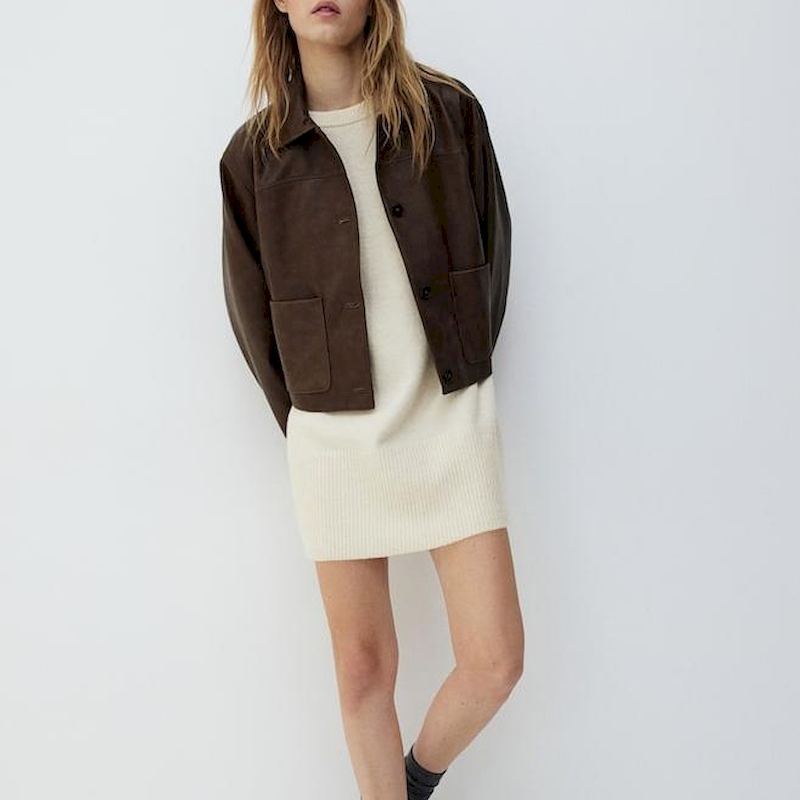Winter has a way of transforming the world into a beautiful winter wonderland, yet this charm comes with the challenge of staying warm and comfortable amid the cold. Knowing how to dress for snow is not just about choosing any warm clothing; it’s an art that requires understanding the various elements that keep you both cozy and stylish. The key to successful winter dressing lies in layering, selecting the right fabrics, and accessorizing thoroughly. This article will guide you through the essential components of dressing for snow, ensuring that you are not only protected from the elements but also able to express your unique style. From understanding the science of insulation to exploring practical strategies for outfitting yourself for snow-covered terrain, we will delve into the best practices that enable you to thrive during the winter season. Prepare to transform your winter wardrobe with insights that will help you stay warm, look great, and confidently enjoy outdoor winter activities.

Contents
Understanding Layering
Layering is the backbone of how to dress for snow. The purpose of layering is to create a system of insulation that traps heat while allowing moisture to escape. By choosing different layers, you can better regulate your body temperature according to activity level and weather conditions.
The base layer is your first layer of defense. It should be moisture-wicking to draw sweat away from your skin, which is essential when you’re engaging in physical activity that increases perspiration. Look for materials such as merino wool or synthetic blends that are lightweight yet effective.
The middle layer serves as insulation. This layer retains heat, helping keep your body warm in the cold. Fleece jackets, down vests, or thermal sweaters are great options. The goal here is to choose materials that offer warmth without bulk.
The outer layer is your shield against the elements. Waterproof or windproof jackets are necessary to protect against snow and wind chill. Look for features like adjustable hoods and cuffs to seal in warmth, and ensure that the material is breathable to prevent moisture from becoming trapped inside.
Choosing the Right Fabrics
When considering how to dress for snow, the choice of fabric is crucial. Different materials provide distinct benefits and capabilities, which can significantly influence comfort levels while you’re enjoying winter!
Natural fibers like wool are exceptional for insulation. They maintain warmth even when wet, making them an ideal option for base layers or thermal gear. Cotton, however, is ill-suited for snow, as it absorbs moisture and can leave you cold and damp.
For outer layers, materials such as Gore-Tex or other waterproof synthetics are advantageous. These fabrics offer protection against snow while also allowing moisture to escape from the inside. Breathability is a significant factor here; while it’s important to stay dry on the outside, you’ll also want to avoid the clammy feeling that comes from sweat accumulating inside your clothing.
Insulated jackets often feature synthetic down or real down fill. The choice depends on personal preference and budget. While real down is incredibly warm and lightweight, synthetic alternatives often perform better when wet, which is an important consideration when figuring out how to dress for snow.
Selecting the Right Footwear
Your feet are critical to staying warm and comfortable in snowy conditions. Knowing how to dress for snow includes selecting appropriate footwear. A good pair of snow boots is non-negotiable; these boots should not only be waterproof but also insulated to keep your feet warm during prolonged exposure to the cold.
Choose boots with a sturdy sole designed for traction. Look for rubber outsoles with deep treads that provide excellent grip to prevent slipping on icy surfaces. Insulation ratings are also a key consideration—boots typically have a temperature rating that indicates the lowest temperature in which they will keep your feet warm.
Don’t neglect the importance of quality socks! Wool or specialized synthetic socks are ideal, as they wick moisture away while providing insulation. Avoid cotton socks, as they retain moisture and can lead to cold feet. Layering socks can provide an additional degree of warmth, but ensure that your boots still fit comfortably.
Accessorizing for the Cold
When learning how to dress for snow, accessories can make a significant difference in your overall warmth and comfort. Hats, gloves, and scarves are not just optional—they are vital in protecting extremities from the harsh cold.
A good winter hat should cover your ears and be made of a warm, moisture-wicking material. Fleece or wool hats are reliable, provide warmth, and effectively retain heat. Choose a style that suits your taste while also being functional.
Gloves are equally important. Mittens can keep your fingers warmer because they allow them to share body heat, whereas gloves provide dexterity but can be less warm. Look for gloves that are insulated and waterproof, especially if you plan to engage in activities like snowball fights or building snowmen.
Scarves protect your neck and can be pulled up to shield your face from biting winds. Opt for thick, knitted scarves made from wool or fleece for maximum warmth. Choose a length that allows you to wrap it comfortably around your neck for some extra insulation.
Dressing for Different Outdoor Activities
Your approach to how to dress for snow may vary based on the specific activities you’re engaging in. For skiing or snowboarding, specialized gear will enhance your experience. Look for ski jackets that are designed to be lightweight yet insulated—these often come with features like snow skirts and reinforced cuffs. Waterproof ski pants are a must to keep you dry during falls and powder runs.
For those who prefer winter hiking, opt for moisture-wicking base layers and an insulated jacket that can resist wind and snow. Texture is also important for traction on hiking boots; choose a pair with laces that can accommodate thick socks for a snug fit.
If simply enjoying a stroll through the snow-covered landscape, layering is key. A warm, breathable base layer paired with a cozy sweater or fleece and an insulated, waterproof outer jacket will keep you comfortable. Don’t forget to wear warm socks and sturdy boots to ensure you can navigate the terrain comfortably.

Maintaining Your Winter Wardrobe
Understanding how to dress for snow doesn’t stop at purchasing items; caring for your winter wardrobe is equally critical. Proper maintenance will prolong the life of your gear and ensure its performance when needed the most.
Washing your winter clothes according to the manufacturer’s instructions is essential. Many insulated products may require special detergent for waterproofing to maintain their protective qualities. Avoid fabric softeners, as they can inhibit moisture-wicking properties.
Store your winter gear correctly in off-seasons. Clean and dry items before storing them in a cool, dry place. Vacuum-sealed bags help to minimize space and keep moisture at bay, which protects against mildew.
Inspect your gear periodically for wear and tear. Repairing minor issues like seams or zippers before they become significant problems can extend the life of your items. Remember, high-quality investment gear can be a bit costly, but with proper care, it can last for many winters to come.
Sustainability Considerations
As you ponder how to dress for snow, it might be worth considering the environmental impact of your clothing choices. Fast fashion can severely harm our planet, so looking for sustainable options can make a world of difference.
Seek out brands that prioritize sustainable practices and ethical manufacturing. Materials made from recycled plastics or organic fibers are not only eco-friendly but often perform well in winter conditions.
Moreover, consider thrift shopping for winter gear. You can often find high-quality, gently used items at a fraction of the original price. This practice not only saves money but also promotes a more sustainable approach to fashion.

Conclusion
Mastering how to dress for snow is vital for anyone wanting to embrace the beauty of winter while remaining comfortable and stylish. By layering appropriately, selecting the right fabrics, and choosing quality accessories, you can create a winter wardrobe that not only protects you from the cold but also reflects your personality.
Insulated footwear, suitable clothing for different modalities, proper maintenance of your winter gear, and sustainable choices will equip you for any outdoor plan you have. Whether it’s skiing, hiking, or simply enjoying a day in the snow, by understanding how to effectively dress for snow, you can feel confident and ready to tackle whatever winter has in store. Equip yourself with this knowledge, look forward to encounters with the snow, and enjoy every minute of winter adventures that come your way.